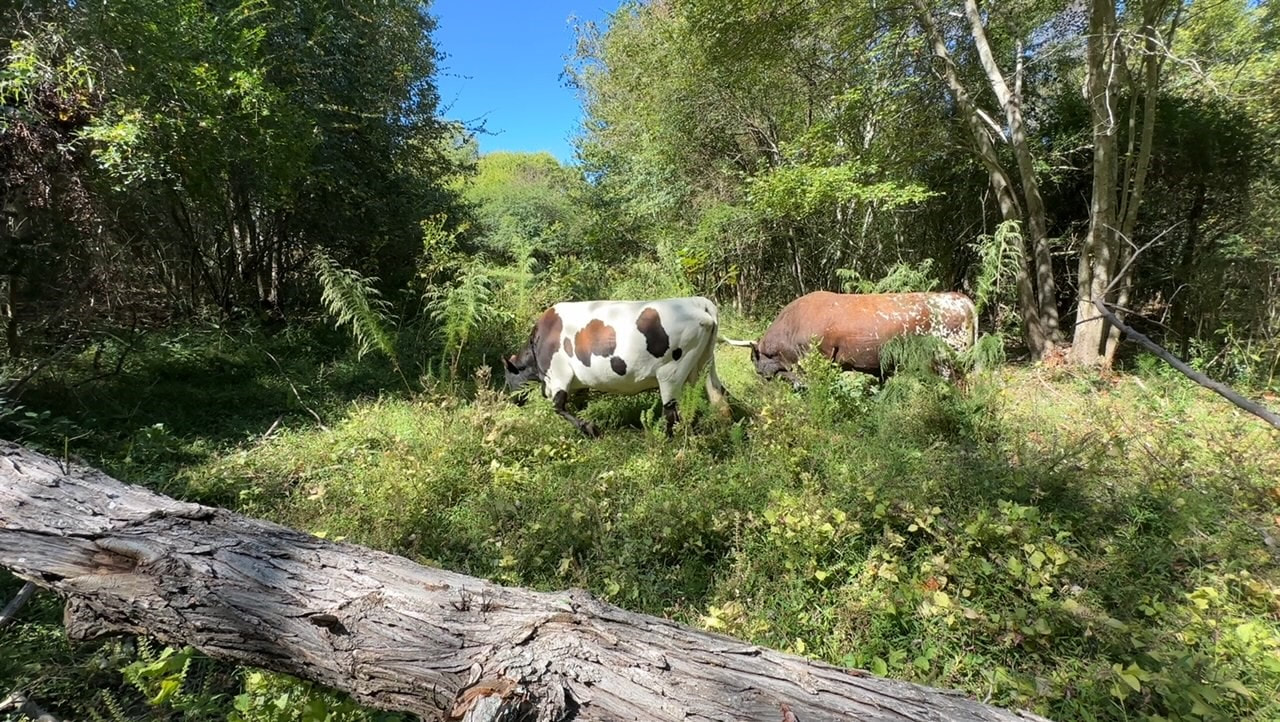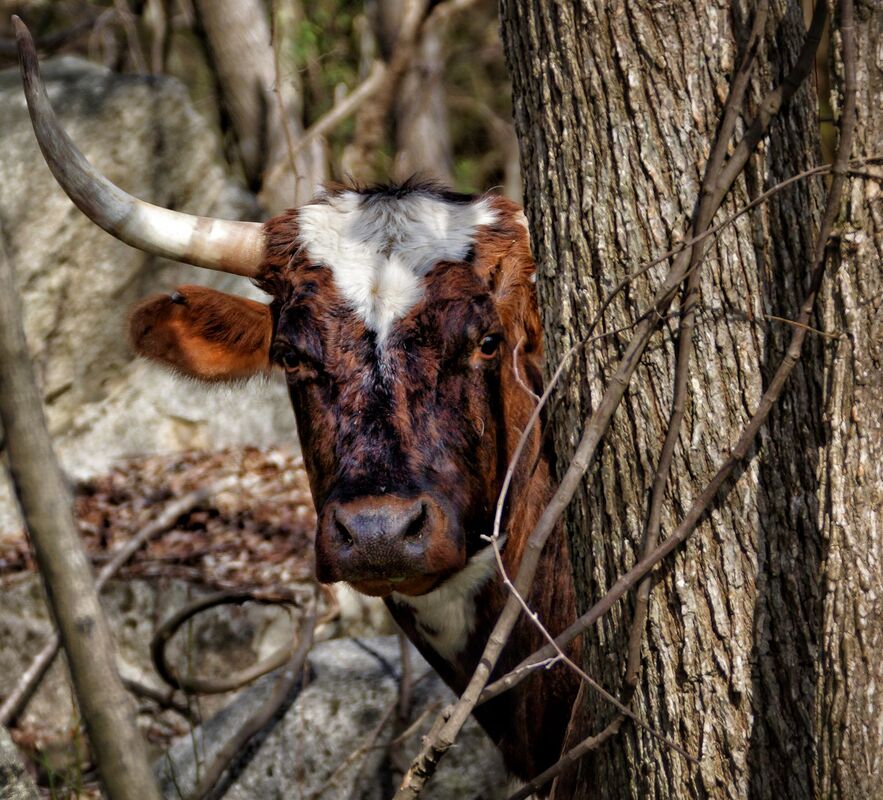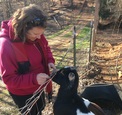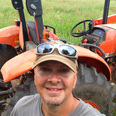Forest Management with Pineywoods Cattle
Our Pineywoods Cattle have transformed impenetrable thorny land into a flourishing forest. We have witnessed the dramatic and positive impacts of this regenerative practice in 15 acres of forest that the Pineywoods graze. Through there appetite for invasive plant species we have seen an increase in biodiversity of plants and animals, discovered sacred indigenous sites and have begun honorably harvesting medicinal plants such as Turkey Tail (Trametes versicolor) mushrooms that have been scientifically shown to have anti-cancer properties.
Our video shows some of the new plant species and one of the sacred indigenous sites and compares the managed and unmanaged forest to illustrate the dramatic improvements the Pineywoods Cattle have made. We also share some exciting news about expansion of our regenerative practices to an additional 60+ acres of forest
0 Comments
What Do Pineywoods Cattle Eat?
Pineywoods Cattle have a bio-diverse diet, it is one of the reasons why we chose to raise them. Ozark Akerz is a mix of pastures and forests and the combination of grasses, trees, and shrubs is the perfect combination for them. In fact we stopped rotational grazing, allowing them to eat what they want, when they want (food and medicine), just like their ancestors did.
What do the Pineywoods Cattle herd eat at Ozark Akerz Regenerative Farm? The answer is, all sorts, from Brambles to Walnut. We'll share what we've seen them eat, how they sometimes eat similar to Giraffes, and how our bull Rocky competes with farmer Sue to see who can pull the tastiest kudzu vine out of the trees for the cows. We'll also reveal how their appetite helps us meet some of our regenerative farming goals.
Regenerative farming is comprised of many locally adapted practices. Choosing livestock or poultry for your regenerative farm can seem daunting. There is an endless maze of information about the traits of breeds and sometimes conflicting information about best management practices. We summarize how endangered Pineywoods Cattle benefit our regenerative farming practices in this post.
But first a bit about our regenerative farming goals. As a regenerative farm, we view the farm as an ecological system. When making decisions, we try to take the entire farm ecology into consideration, including but not limited to the health of the soil, conserving and preserving our forests, improving dung beetle health and increasing biodiversity. Pineywoods contribute to all of these, leading us closer to our goal of farming in harmony with nature. |
Categories
All
Archives
April 2024
Check out our YouTube channel
Copyright © Turboxark Inc 2014-2024 - Terms of Use
|





 RSS Feed
RSS Feed